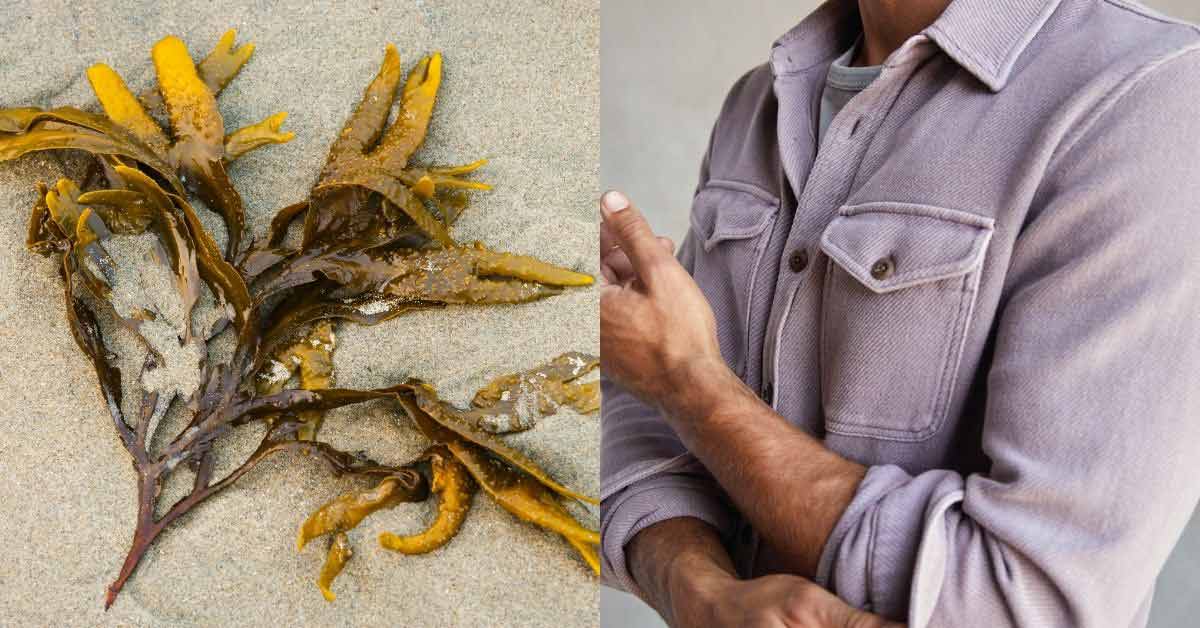Imagine being buried under building rubble and seeing a three-inch beetle squeeze through the cracks to pinpoint your location — and even deliver life-saving medication.
Lachlan Fitzgerald, a research assistant at the University of Queensland, paints a vivid picture of this scenario as he submerges a giant burrowing cockroach in an ice bath and attaches a tiny circuit board to its back.
“We see a future where after an urban disaster like an earthquake or a bombing, where humans can’t safely access the disaster site, being able to send in a bunch of cyborg beetles to navigate the disaster zone quickly and efficiently,” he told CNN.
In the biorobotics lab, Fitzgerald and his team have been fine-tuning new biohybrid technology that issues electrical pulses to their subjects’ antennae to direct their movements.

“Insects are so adaptable compared to an artificial robotic system, which has to perform so much computation to be able to deal with all these different scenarios that might get thrown at it in the real world,” Fitzgerald explained.
The Australian researchers join an ever-broadening discipline of biohybrid research, one that includes bionic jellyfish and microrobots controlled by king oyster mushrooms.
Fitzgerald acknowledged that animal welfare is a valid concern as the field evolves, but maintained that he and his fellow roboticists don’t cause undue stress to their subjects.
His giant cyborg cockroaches have the same life expectancies as backpackless beetles.
“I don’t think they mind, per se,” Fitzgerald said. “I think the potential for this technology to save lives in an urban disaster … really outweighs any kind of hesitancy you might have towards the field.”
A version of this article was originally published in The 2025 Technology Edition of the Goodnewspaper.
Header image via The University of Queensland



